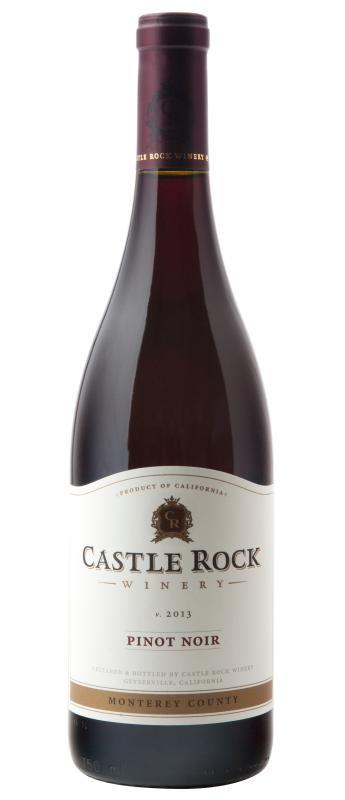Picking a wine for a holiday feast can be a bit tricky, and many wine experts are reluctant to select one universal wine to go with the meal.
The problem is winter celebrations offer a cornucopia overflowing with tastes, flavors and smells that can overwhelm many wines, wasting not only an opportunity to complement the food but also the investment in the bottle.
So, a big bold, inky Cabernet Sauvignon might work with some aspects of a dinner, such as rich stuffing, but not the whole meal, and a Sauvignon Blanc might pair well with the salad or light appetizers, but not so much with the hollandaise.
The one wine conundrum is an annual pain suffered by wine shop owners and sommeliers across the country, and many solve the dilemma by recommending a flavorful white and a medium bodied red that will flow with most of the flavors of the meal.
The most common recommendation for the red is Pinot Noir, followed by the barbecue wine Zinfandel. (If you want a Zinfandel, I recommend 7 Deadly Zins, produced by Michael David Winery in Lodi, Calif.)
For the whites, Viognier usually gets the top nod with some Rieslings not far behind.
Once those varietal decisions have been made, it’s down to just choosing the right producer in your price range.
This year, I’m trying a couple of new producers for me: Castle Rock Pinot Noir from Mendocino County and Pine Ridge, also from California.
There are other Castle Rock Pinot Noirs from other areas of California on the market in the Pioneer Valley, however, I particularly liked this one, which I found for $9.99. I haven’t tried the others, but the ones that are similarly priced — Castle Rock Pinot Noir California Cuvee and just plain Castle Rock Pinot Noir — might be worth a try if you can’t find the Mendocino. You also might want to skip the Castle Rock Central Coast Pinot Noir, which sells for a couple of dollars less and comes from less flavorful grapes grown in a warmer climate.
The Mendocino Pinot Noir is made from grapes raised in vineyards that have been producing wine since the 1860s. The vines are grown at the headwaters of the Russian River, where warm summers, cool springs and falls and wet winters create excellent conditions for growing Pinot Noir, a difficult grape to grow, and producing a complex wine with layers of flavors and aromas. Some of the best Pinot Noir on the market comes from the region.
The wine has delicate aromas of violet and rose petals, complex flavors with layers of strawberry and raspberry with a long smooth finish, the winemaker’s tasting notes say.
For the white wine, I decided on Pine Ridge Chenin Blanc + Viognier, a wine that has enough going on to make it a fine accompaniment to most of the meal.
Pine Ridge grows the grapes in vineyards in the Stag’s Leap region of California, an area famous for great wine, a little southeast of Mendocino.
Viognier generally has distinct flavors, particularly on the front end, and, depending on the producer, the wine can have an acrid, raw flavor, a little like kerosene, making it an acquired taste that’s not for everyone. Blending it with 80 percent Chenin Blanc, a grape that can produce some overly sweet wines, makes an excellent marriage that smooths out the less favorable aspects of both grapes and brings the best attributes to forward.
Pine Ridge Chenin Blanc + Viognier has a hint of sweetness up front that quickly smooths out to a dry finish. It can hang in there with the most flavorful dishes.
The wine has the aromas of fresh Meyer lemon with flavors of tangerine, yellow apple and lime with a crisp and refreshing finish, the tasting notes say. Despite that description, I didn’t find it to be very citrusy. I think of this as an excellent wine with winter fare, and not something that would come to mind for sipping on a hot summer evening.
Both Pine Ridge and Castle Rock are widely distributed in the Pioneer Valley, and both are excellent buys to go with a holiday meal.•
Suggestions for wines in the $10 range are always appreciated. Warren Johnston can be reached at wjohnston@vnews.com or 603-727-3216.





